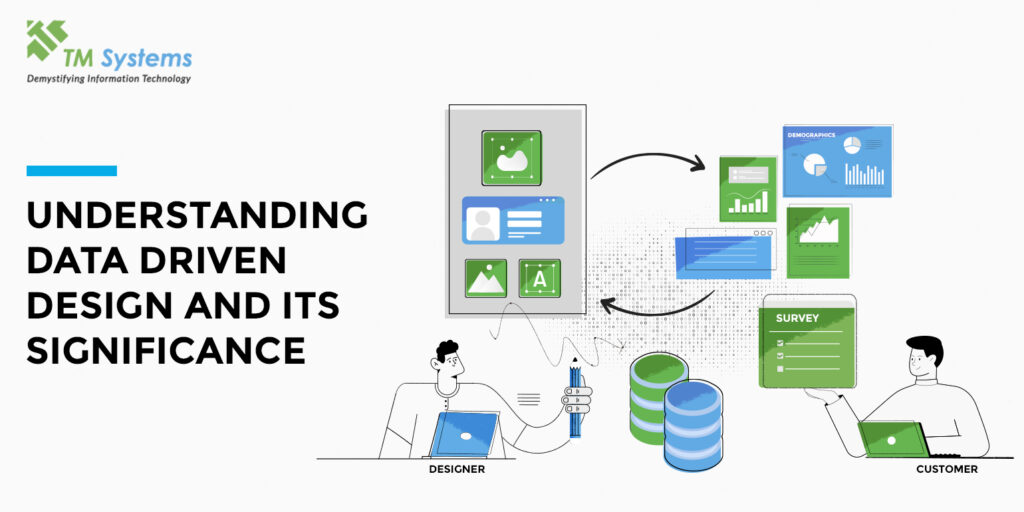
Understanding Data Driven Designs and its Significance

Understanding Data Driven Designs and its Significance
Good design is a powerful way of communicating ideas and subtly guiding one’s thinking and behaviour. It is an integral part of any product, application, or process system – how they are designed affects how the end user interacts with them and uses them optimally. There are many ways to design these products, applications, or process systems – and one of the most recent ones is design that is data driven.
However, one may ask the role of data in design and the answer is age-old: “Knowledge is power”
Data driven design is all about incorporating feedback data of the user’s habits and behaviours into the design process to match the user’s needs and hence make it more effective. It is an iterative process that is a part of the UX design approach. The data is collected in different ways, like: page analytics, demographic data, analyzing behaviour patterns, and more direct ways like customer surveys.
Feedback data from users about how they use a certain product or service helps the designer to know how to design or in cases where it is already designed it helps to know whether the design is being used in the way it was intended. The data used is quantitative as well as qualitative so as to get a wholesome idea of the users’ likes/dislikes, preferences, and the way in which they interact with products or the service.
The importance of data-driven design:
In a world which runs on data, feedback data is extremely valuable as it helps the designer actually know their audience and come up with custom solutions. It makes the target audience real and their behaviours and patterns quantifiable and customised rather than an abstract homogenous entity. This offers the designer a great platform to start with – not only do they know “who” they are designing for but also details of who they are and what they prefer and how they use the products.
Designing or redesigning as per the data from users can give a high return on investment as the efforts you will put in are more focused and based on research rather than arbitrary. Studies also show that data-driven design leads to more business conversions as it is targeted at specific users and hence, it is more likely to appeal to them.
How to know when to use a data-driven approach
Since there are multiple ways to design something it can get confusing to know when to use a data-driven design approach. The other data-related ways of designing are data-aware and data-informed and they are softer in the way they incorporate data into their design workflow.
However, data driven design involves a hard-core approach that uses data as its foundation to base all its design decisions on. While it works for almost any kind of design, it is most useful when one wants to optimize the performance of their product or process. Here, quantitative figures from the users will help the designer create an optimal flow – things like where in the design flow is the user getting stuck, or where certain features could be added or subtracted to increase efficiency.
Overall, data-related design has multifold benefits and it can help your company grow to its maximum potential. Contact us at TM Systems to incorporate it into your business workflow.




